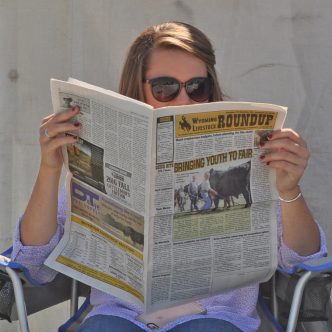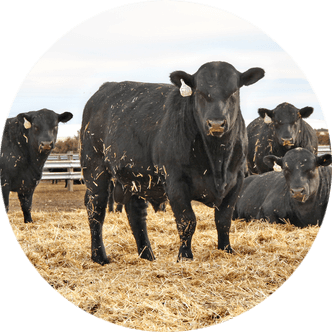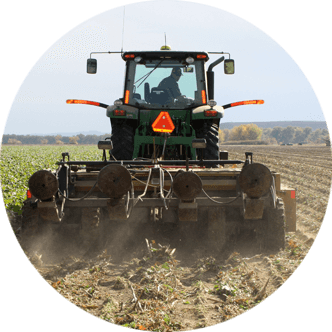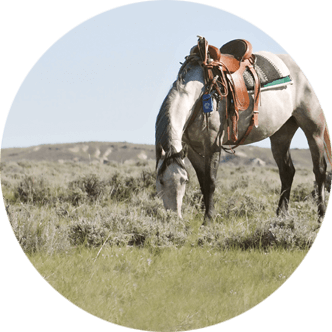Sheep and Solar: Collaboration grows between livestock and energy sectors through solar grazing
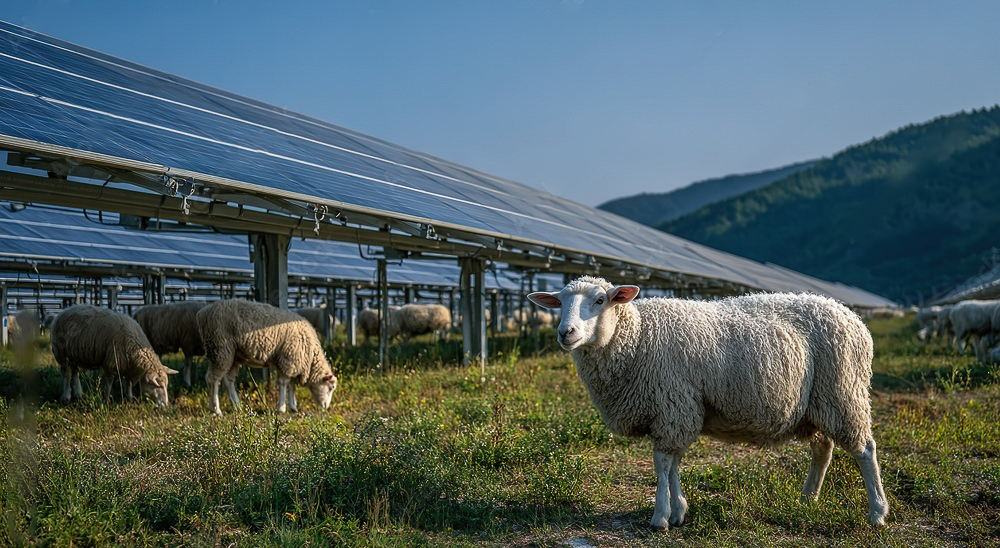
Throughout history, agricultural producers have been harnessing the energy of the sun to help produce food, fiber and fuel to power the world.
However, as technology advances and the push for renewable energy grows, farmers and ranchers have been facing increasing competition for the resources they rely on. In recent years, more solar panels have gone up on prime farmland in the U.S. and across the globe, causing many to wonder if the two can coexist.
While some see agriculture and renewable energy as competing forces, the two have actually become allies in some parts off the world where solar grazing has gained attention for its mutual economic and environmental benefits.
Solar grazing
According to the American Solar Grazing Association (ASGA), solar grazing is a growing practice in which solar companies contract local producers to graze livestock on solar sites.
Traditionally, solar farms require regular mowing or herbicide use to prevent vegetation from growing in so thick and tall it shades panels, reduces efficiency and heightens the risk of fire.
Sheep, however, offer a natural solution, and have specifically proven to be well suited for solar site grazing because of their size, temperament and foraging behaviors, allowing them to graze comfortably between rows of solar panels without damaging equipment.
ASGA notes, “Sheep are naturally suited for the job of solar grazing. They enjoy the shade of the solar panels on hot days, and they enjoy eating many types of weeds and invasive species. They are good at grazing underneath the panels where it is more labor intensive to mechanically mow.”
In a Feb. 3 Farm Progress article, Jesse Richardson, professor of law and lead land use attorney for the West Virgina University College of Law, notes some success has been seen with cattle, although they can generally be more destructive.
“Solar panel installers must raise panels and reinforce supports to cope with cattle,” Richardson says. “Pigs, horses and goats are generally not recommended as well. And while chickens, ducks and geese have been successful, you have to make sure the panels are high enough they don’t roost, which of course, adds to the expense.”
“Sheep seem to be beneficial because they act as lawnmowers,” he adds. “They do not tend to destroy solar panels or climb on them like goats do.”
Economic and environmental benefits
Solar grazing with sheep has continued to stand out as a practical solution in which innovation meets heritage and two competing parties can see mutual benefits.
For ranchers, solar grazing keeps farmland in production and provides access to land which might otherwise be unaffordable.
Because many solar companies contract sheep producers to provide seasonal or year-round grazing services, ranchers may also benefit from an additional source of steady income.
For solar companies, sheep offer an easy, effective and low-cost solution to managing vegetation under solar panels, and since most producers are vigilant, they often serve as good eyes and ears on solar sites.
In addition to economics, solar grazing also offers some environmental benefits, including reduced emissions from mowing, limited chemical use from herbicides and improved soil health and carbon sequestration.
ASGA notes studies have also shown sheep grazing encourages native plant growth, promotes biodiversity and improves pollinator habitat.
Projects across the U.S.
Communities across the country are beginning to take notice of these benefits, and some states have already started to see success with sheep grazing on solar farms.
In Washington state, Anvangrid, Inc. partnered with a fifth-generation Oregon rancher to graze sheep at two solar farms in Oregon and Washington, launching the largest solar grazing operation in the region.
Likewise, according to an April 10 Farm Press article by Heather Smith Thomas, the Springbok Solar Farm near Bakersfield, Calif. has started using sheep to manage vegetation under its solar panels.
Additionally, Smith Thomas reports Tim Tillard and Sons, a heep ranch outside of Glenrock, is proposing to become part of a joint venture between two privately-owned commercial developers which have requested state approval to construct a 499-megawatt solar farm in the area.
Other states such as Colorado, Minnesota and New York have seen a rise in partnerships between local farmers and solar developers to blend renewable energy with rich agricultural tradition.
According to ASGA’s first U.S. Solar Grazing Census, as of October 2024, approximately 113,050 sheep were grazing 129,260 acres across 506 solar sites in 30 U.S. states.
Of these, 24,541 sheep were reported grazing 30,728.25 acres on 104 solar sites in the West.
Hannah Bugas is the managing editor of the Wyoming Livestock Roundup. Send comments on this article to roundup@wylr.net.


